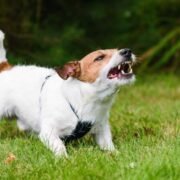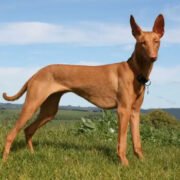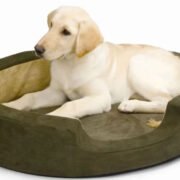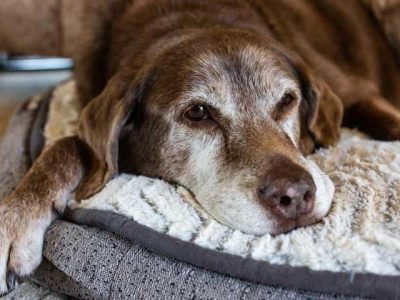Cattle housing and facilities play a crucial role in the overall well-being and productivity of your herd. A well-designed and properly maintained environment not only ensures the comfort and safety of the animals but also improves their health and performance. This article will delve into the best practices for cattle housing and facilities, covering important aspects such as design considerations, ventilation, flooring, lighting, and maintenance strategies.
Design Considerations
When designing cattle housing and facilities, several key factors need to be considered. Firstly, the size of the structure should provide adequate space for the number of animals in the herd. Each animal should have sufficient room to stand, lie down, and move comfortably. Proper ventilation is also essential to maintain good air quality and reduce the risk of respiratory diseases. Natural ventilation through windows, vents, or ridge openings, as well as mechanical ventilation systems, should be incorporated into the design.
Flooring
Choosing the right flooring material is critical for the comfort and health of the cattle. Concrete flooring is commonly used due to its durability and ease of cleaning, but it can be hard on the animals’ joints if not properly designed. To improve comfort, consider using rubber mats or providing softer bedding in resting areas. Alternatively, some farmers opt for slatted flooring systems, which allow manure to fall through and promote cleanliness. However, proper cleaning and maintenance are crucial to prevent accumulation and ensure animal welfare.
Lighting
Proper lighting is essential for cattle housing as it affects the animals’ behavior, productivity, and overall health. Natural light should be maximized wherever possible, as it helps regulate their circadian rhythm and contributes to a more natural environment. Windows and skylights can be incorporated into the design to allow natural light to enter the facility. Additionally, artificial lighting should be carefully planned to provide consistent and appropriate illumination. Dimmable lights can be beneficial, allowing for adjustments to mimic natural light cycles and encourage restful periods for the animals.
Maintenance Strategies
Regular maintenance is crucial to keep cattle housing and facilities in optimal condition. Here are some key maintenance practices to consider:
- Cleaning and Sanitation: Regularly clean all areas, including floors, walls, and feeders, to minimize the risk of disease transmission and maintain hygienic conditions.
- Structural Inspections: Periodically inspect the structure for signs of wear, damage, or potential hazards. Repair or replace any compromised areas promptly to ensure the safety of the animals.
- Ventilation and Air Quality: Regularly inspect and clean ventilation systems to ensure proper airflow and prevent the buildup of dust or contaminants.
- Flooring Maintenance: Concrete floors should be inspected for cracks or uneven surfaces that can cause discomfort or injury. Repair or resurface as needed. Slatted flooring systems require regular cleaning and proper drainage maintenance.
- Pest Control: Implement pest control measures to prevent infestations that can impact animal health and comfort. Regularly inspect for signs of pests and take appropriate actions to mitigate the problem.
- Water Supply: Regularly check and maintain the water supply system to ensure a clean and adequate water source for the animals.
Feed and Water Access
Ensure that feed and water access points are strategically placed within the cattle housing facility. Adequate feeding space should be provided to prevent competition and ensure all animals have access to their nutritional needs. Water troughs or automatic waterers should be clean, maintained, and easily accessible for the animals at all times.
In addition to the strategic placement of feed and water access points, it is important to consider the role of a cattle gate in facilitating smooth and efficient movement of animals within the housing facility. Cattle gates are crucial for controlling the flow of cattle, separating different groups, and ensuring easy access to feed and water areas.
Temperature Control
Consider implementing temperature control mechanisms in cattle housing, especially in regions with extreme weather conditions. This can include insulation to regulate temperature during hot summers or cold winters. Additionally, misting or cooling systems can be installed to alleviate heat stress in the herd during hot weather. Similarly, heating systems may be necessary in colder climates to prevent hypothermia and maintain animal comfort. In regions with extreme weather conditions, it is crucial to implement temperature control mechanisms within cattle housing facilities to ensure the comfort and well-being of the animals.
Proper design and maintenance of cattle housing and facilities are essential for ensuring the well-being and productivity of your herd. By considering factors such as design, flooring, lighting, and implementing regular maintenance practices, you can create a comfortable and healthy environment for your cattle. Remember, the investment of time and resources in these best practices will pay off in terms of improved animal welfare, reduced health issues, and ultimately, increased profitability in your cattle-raising venture.














Comments